Shadow Protect is Arcserve's backup and recovery solution for IT professionals to manage hundreds of machines, across multiple time zones globally. Their customers are small to mid-size businesses. Its new major release was to allow existing local version customers to easily onboard this cloud based solution. I led its entire design overhaul from installation, configuration, dashboard, reporting, and many more. This being its tenth version, we worked under the code name "SP10".
My design leadership helped establish an overarching design strategy emphasizing UX methodology, interaction design, systems thinking, and optimally displaying relevant data, which were valuable to customers. I analyzed customer problems, business problems, technology problems, assimilating large amounts of data, then designed delightful solutions with measurable impact.
I assisted with many projects. Here are some of the main areas. Shadow Protect 10 was the top priority.
Three years prior to me joining Arcserve, it merged with another company called StorageCraft. StorageCraft’s two major products. SPX for local backups and ShadowXafe for cloud backups. There were also several interim systems that were created to work with SPX, which created fragmented experiences for users. All this created large gaps and customer complaints.
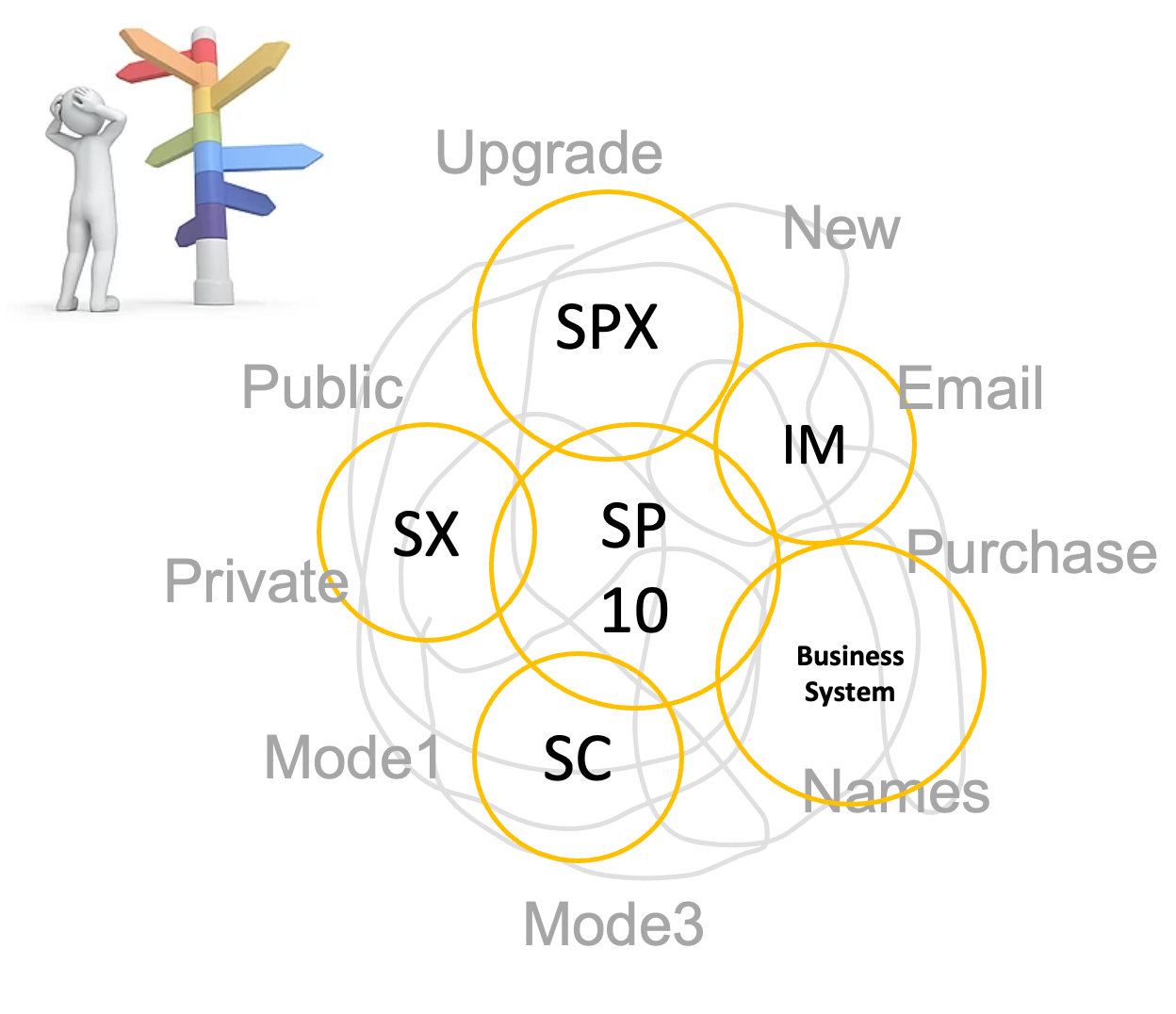
SP10 was to bridge gaps, improve performance, usability - encourage customers who were in the old system SPX to adopt the new.
Unify console was one place to view and manage Arcserve’s many different products. I collaborated with PMs and engineers across different teams to design this interface.
UDP is Arcserve’s flagship product. The on-prem (local) version needed design improvements. Its counterpart, the cloud version called Cloud Console did as well. SP10 was top priority, so when time permitted I assisted with these.
I created and maintained a company-wide design system that's based on Google's Material UI. I developed and maintained detailed design specifications, while meeting accessibility standards. This design system became the design standard across the entire company. Its achievement enabled designs to be clear, consistent, simple, and significantly enhanced project managers’ and developers’ work. See Arcserve’s design system
Business systems consisted of billing, Okta, registration portal, partners portal, e-commerce platform, Salesforce, back office system, support, sales, account management, etc. I assisted aligning business system solutions with SP10.
I led the initiative to incorporate Lean UX principles within Arcserve. Although there was an agile methodology in place, the company wanted to adopt Lean UX’s user focused approach, prototyping, testing, quick releases, and all of its good practices. Needless to say, there was a lot for me to do and I achieved great results.
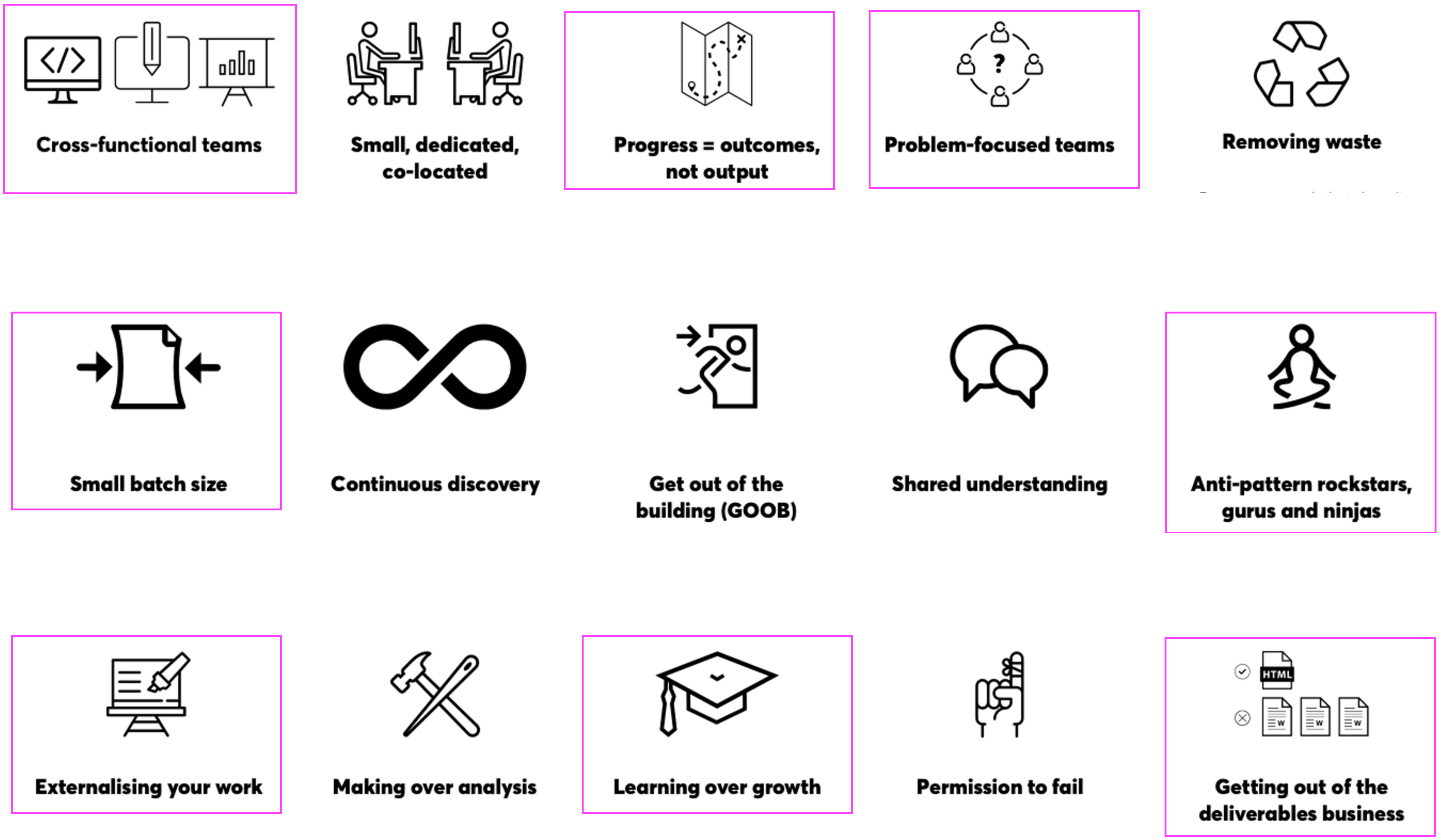
As the principal UX designer, I established the overarching design strategy, executed fundamental design research, and led design innovation activities. As an outcome-oriented designer with a strong foundation in UX methodology, I took the systems thinking approach.
I was the sole individual responsible for User Experience and I personally created the deliverables that you will see in this case study. There were two other developers/designers whom I assisted, but I set standards and provided guidance.
I collaborated on this project with a team of two PMs and eleven developers. There were others from sales and support who assisted with customer and technical insights. I saw the project through from the kickoff meeting, led design sprints, ideation, user research, and through multiple rounds of iterations.
On the very first day at the company, I scheduled to introduce myself to people I would be working with, and learned about them. It was a perfect opportunity to inquire about resources I could explore on my own. Later when projects progressed, they were there for me because they knew I was friendly, trustworthy, and we had mutual respect for each other and collaborated well as a team.
I come from an extensive design, technology, and data specialty background. After being certified as an Oracle DBA. I administered databases and worked on data migrations, SQL, backup and recovery. I also did some minor work in networking and Linux administration.
I worked with Oracle database, Microsoft’s SQL server, and MySQL databases. In addition, I designed and administered a number of analytics tools such as Microsoft Power PI, Google analytics, Oracle Analytics, 3-D analytics portal Quadstone, and others.
I’ve developed web portals in PHP, with some minimum Java script, CSS, HTML, etc. I wish I would've gone deeper in those, but my experience has been more broad, covering a wide variety of data related products. That actually worked well for my career as a product designer with a special forte in data management, and I see AI product design being that as well.
At Arcserve, backup and recovery technology overlapped with what I’ve done before. Still, it covered different areas such as VMs, backup specific technologies, security, and their own proprietary technologies.
I began reading, viewing recordings, and tutorials. I created my own lab - virtual environments using Microsoft's Hyper-V and VMware, then installed Arcserve’s softwares to learn by creating backups, troubleshooting by digging through log files, and recovering data. I set and managed multiple devices across networks. My manager and Executive VP of engineering told me I picked up fast. They were happy with my work.
For my design approach see Alex's design process.
Our assumptions were tested with customers in the following way. With Figma prototypes, I validated through internal sales and support who knew customers’ systems, pain points, and processes best. After further refining, I interviewed customers, surveyed, and gained feedback.


Summary of improvements
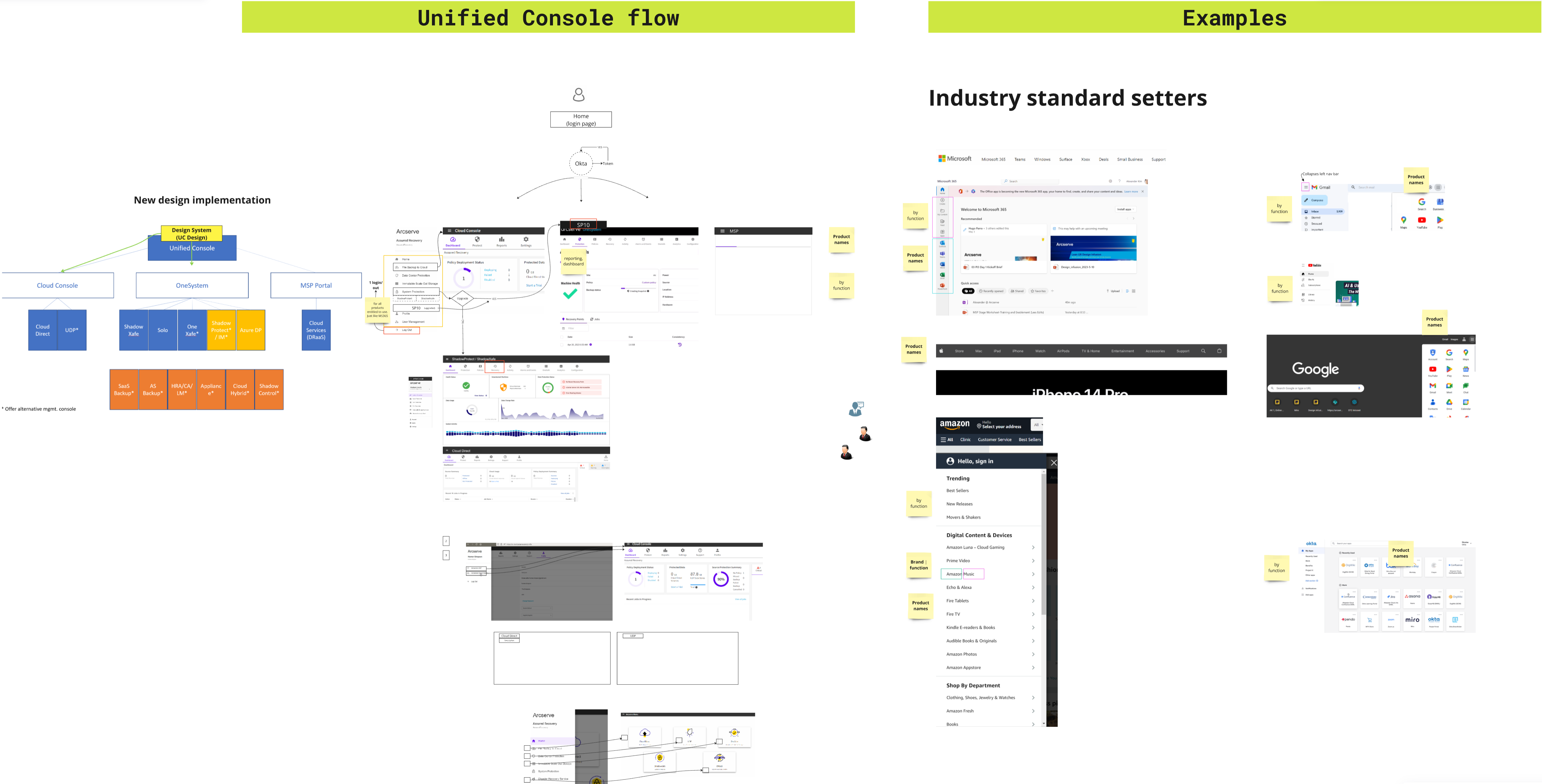
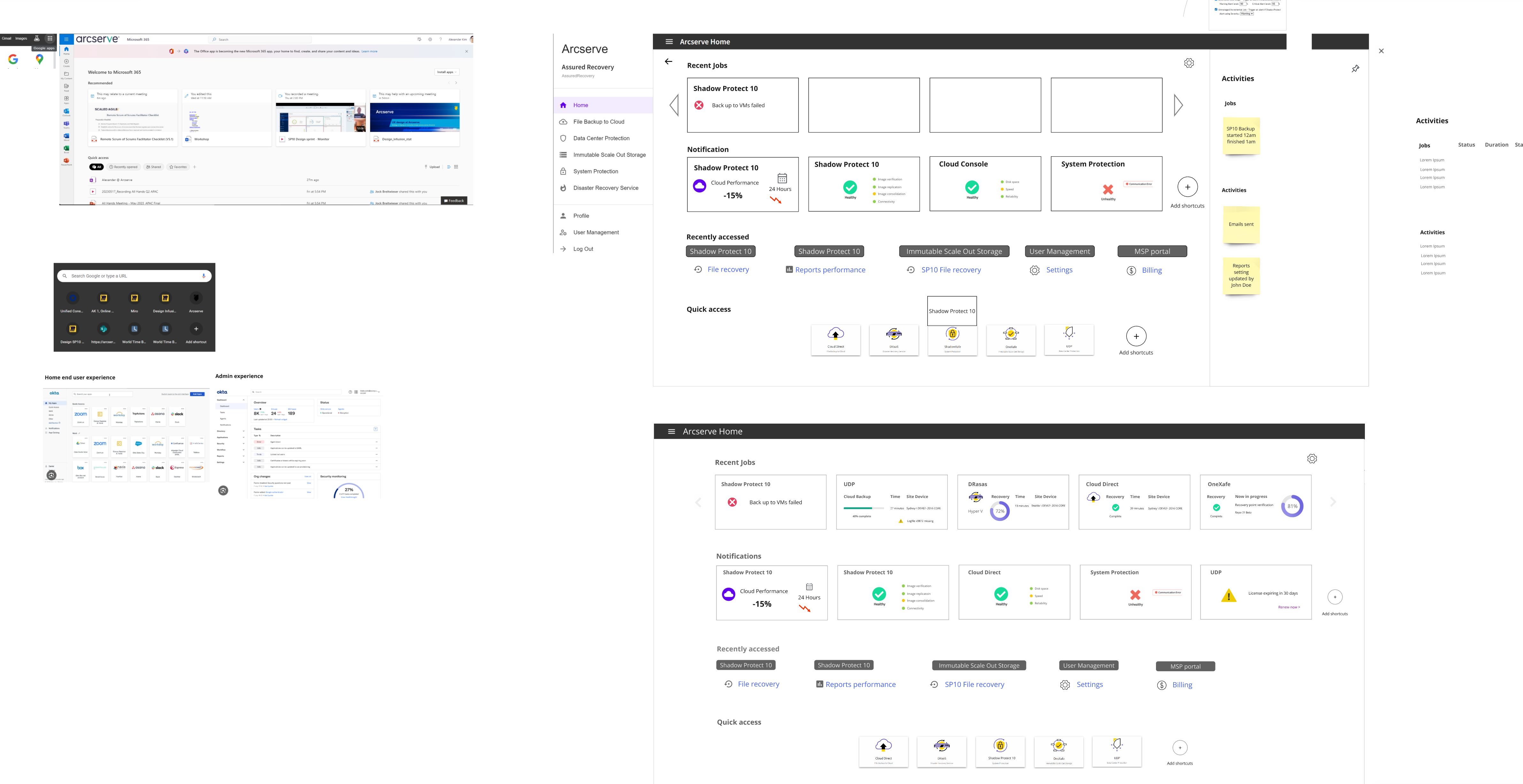
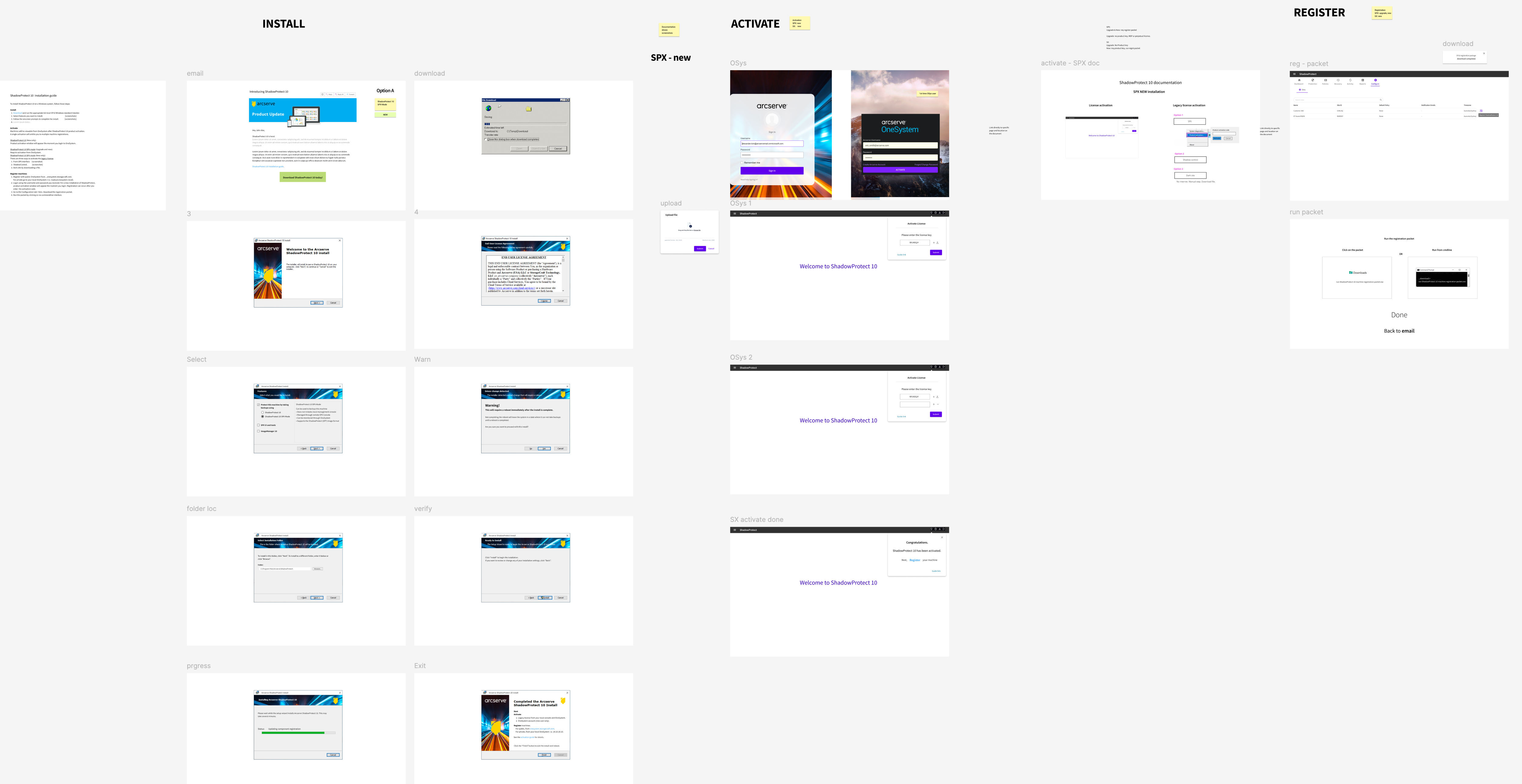
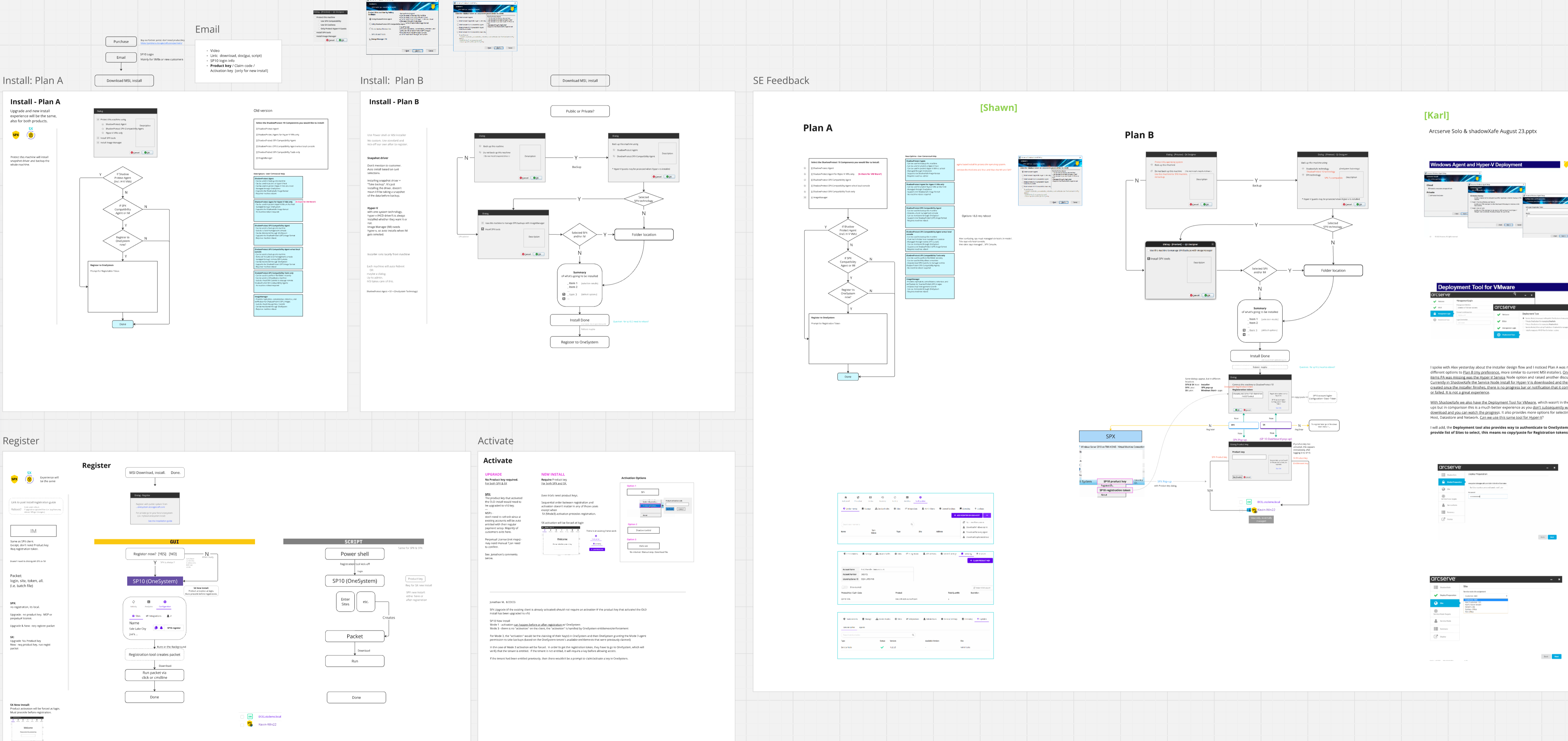
Previous problems that were addressed
The protection page which listed machines used for backup and recovery with their statuses, had loading performance problems. I assessed the customer behavior through existing artifacts, the team's knowledge bank, and my experience.
Previously all of the records were shown on the landing page. I designed filters to break down the page into three categories: protected, unprotected, and all. Protected tab had recent backups. The default landing was the protected data category. This cut down or improved the performance by 68%. Further validation with customers was needed.
The new design also allowed selected sites to be applied across the entire portal and not just on the dashboard. Additional filters were also added across multiple sections for additional drilling capability.
I come from data design, data analysis, and Oracle database admin background. My knowledge and experience in data engineering gave me an edge. Unlike other companies I've been part of, Arcserve artifact archives were scarce. Little user research had been done.
They haven't had a strong product designer for a while. Engineers talked a lot during discussions, but often failed to utilize whiteboards to both capture their conversations and spark further ideas. I began by digging into what artifacts I could find - historical data, surfacing user pain points and barriers to design that delivers value to customers.
Primary persona: IT Professionals | |
Bearing titles of IT Manager, IT Specialist, IT Admin, IT Engineer.
There were multiple workshops I assisted. Some of the larger ones were installation, unified console, business systems, etc. installation went on for weeks. Engineers were confused about the direction and were tackling too many different areas at once.
I assisted in drafting and capturing ideas on bureau prioritizing and breaking down to focus on key areas as needed. There were times of frustrations and ambiguities during workshops. Testing ideas and sharing mutual understanding helped us to simplify installation for SP 10 and create prototype, which we used to demonstrate to customers and receive feedback.

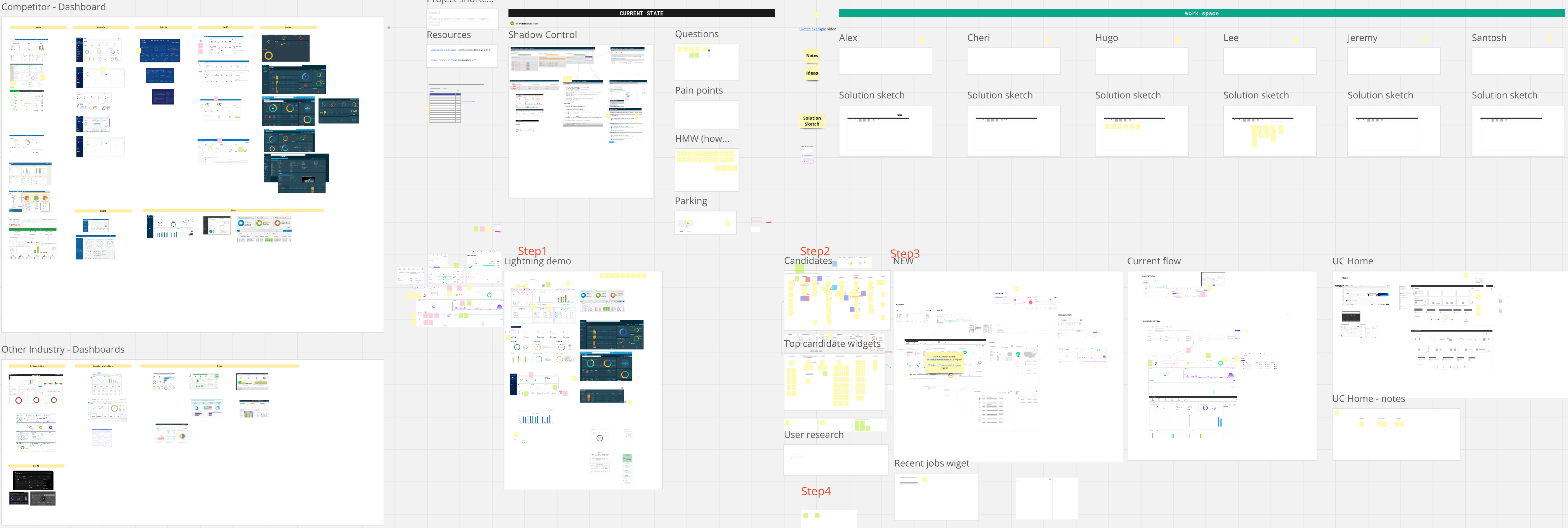
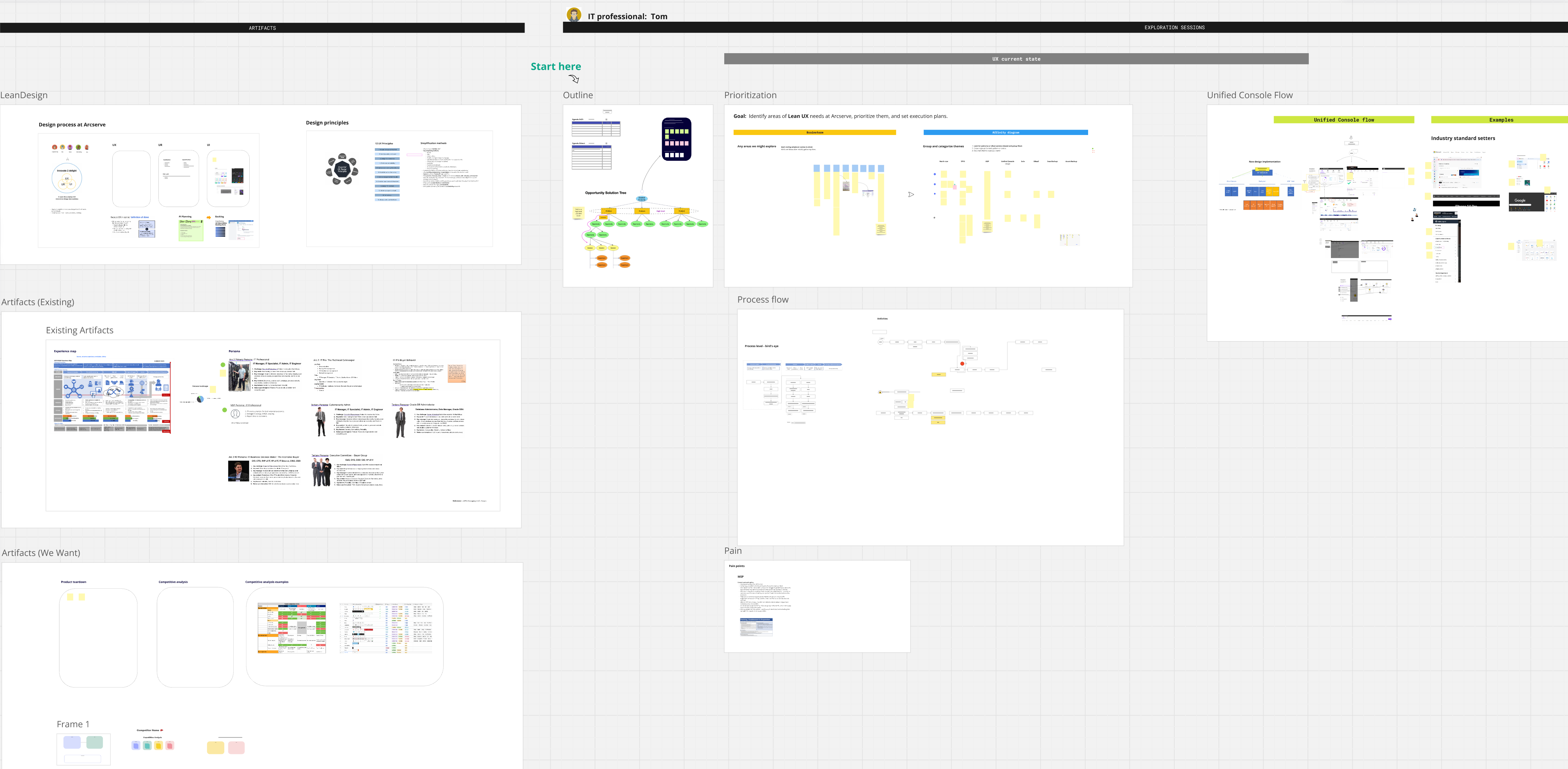


To identify pain points further, I studied competitors' products, studied online reviews, took a massive number of screenshots, then created flow diagrams in Miro. After grasping the current flow, I applied UX principles to create new flows and designs.
I was overseeing six different projects simultaneously. To ensure the company's objectives were met, I was keen on setting clear goals from the beginning. As the company's priorities changed I constantly connected with my manager and key stakeholders to reprioritize tasks as needed and teams were aligned. When ad hoc projects or requests came in, I stuck to priorities, kept communications up to date on statuses.
All these and collaborative spirit became our headwind, helping us to reach us to our destinations. When time allowed I was able to help where help was needed. I clearly communicated my sincere intent to assist and what my assigned priorities were. They understood. I was able to contribute on a limited basis, that was made clear, then I circled back at a later time when I could.
There were times when too much was being asked of me. I had to push back. I pushed back on some occasions with my manager, and he understood and was most helpful in helping me to prioritize and avoid burnout.
I led the initiative to incorporate Lean UX principles within Arcserve. Although there was an agile methodology, the company wanted to adopt Lean UX’s user focused approach, prototyping, testing, quick releases, and all of its practices.
I presented to executives about its process and the vision on how to execute. I led workshops and had regular team meetings to improve user experience and to implement the lean process. Getting it to incorporate into the company’s culture took some time as people were not used to it, and we’re set in their own ways. Because there were other design needs of greater importance, I wasn’t able to assist in this area as much as I desired. Although we made some progress, there was more the company could improve here.
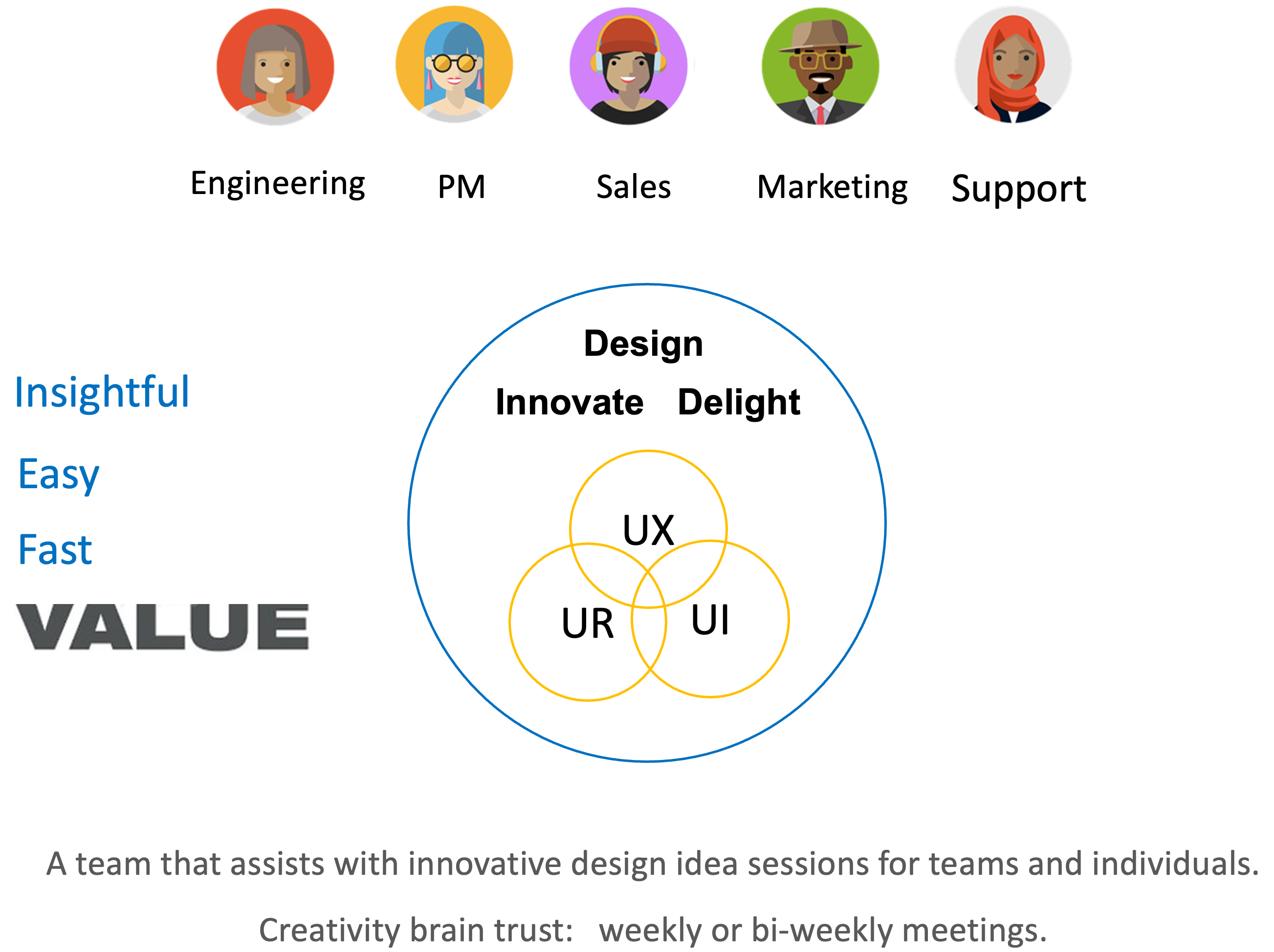
During the process of streamlining the installation for SP10 (Shadow Protect 10), several challenges were encountered.
Firstly, aligning the group's vision was a significant hurdle due to the varying directions in which team members were headed. It required careful communication and collaborative skills to bring everyone onto the same page.
Secondly, the complexity of integrating various platforms for account management and partner portals presented technical difficulties. Ensuring that these systems worked seamlessly with the new installation process was critical.
Additionally, getting engineers who were used to to lots of verbal debates than losing insights to develop the process of capturing them on the Miro board that could be easily understood and utilized by all stakeholders was a meticulous task.
Lastly, maintaining clarity and simplicity while handling such a multifaceted project demanded continuous oversight and adaptability to ensure that the end result met the desired standards of efficiency and coherence.
There were ambiguities and too many directions we could go with the design. After clarifying the goal with the leadership team, I started to apply systems thinking and prioritize toward least effort maximum impact areas. I picked up fast going through documents, tutorials, PowerPoint, and reaching out to people.
New installation process had to be set up initially, which was a bigger job than people anticipated. There were three different areas on-prem, with the cloud, then there was the dark version which allowed users to do their jobs even more privately for extra security, but across local networks. SP10 had all three capabilities.
Through roadmaps, workshops I led, and prototypes created, we made headwinds toward our objectives. It was a lot of work but also exhilarating.
Our assumptions were tested with customers in the following way. With Figma prototypes, we validated through internal sales and support who knew customers’ systems, pain points, and processes best. After further refining, we interviewed customers and gained feedback.
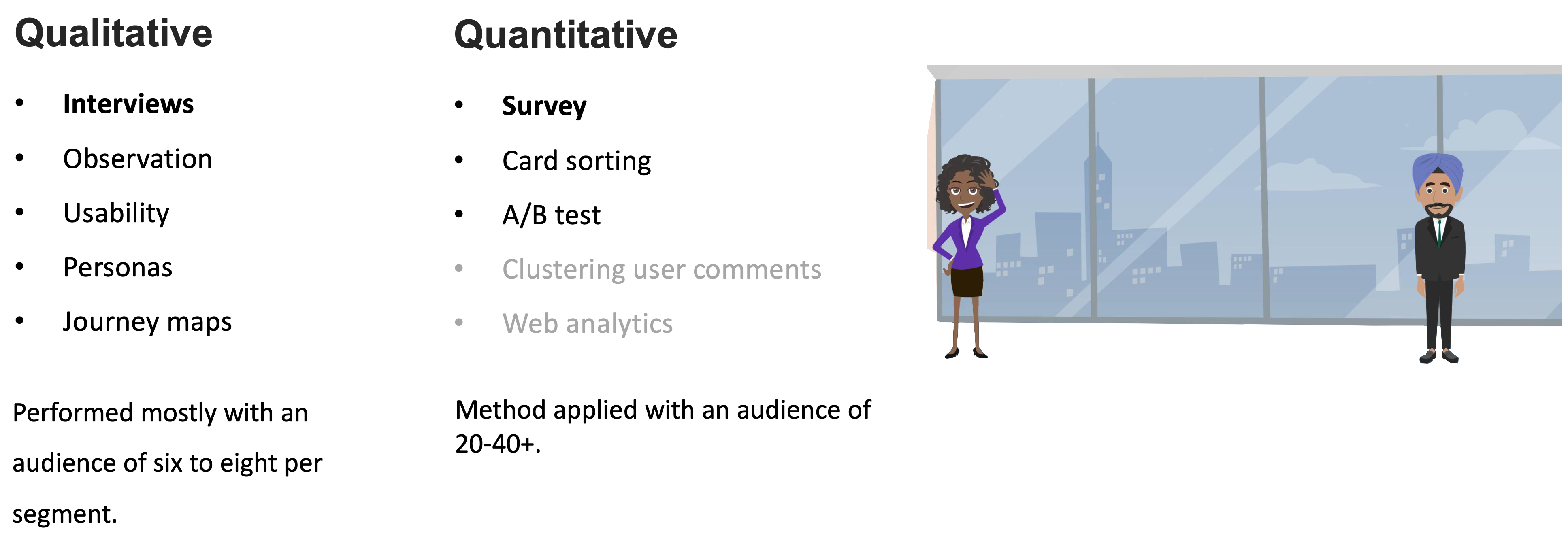
There were challenges along the way here also. For example, with SP10’s initial interviews, seven customers had to be scheduled a month out. About 40% of them ended up rescheduling, which delayed our tests, and half of them canceled because of their busy schedule. IT professionals in backup and recovery are constantly putting out fires, urgent situations randomly arise so that is understandable. Different from many companies, the research was more challenging for some of these reasons.
Nevertheless, we were able to successfully validate and capture our findings which prove to be most useful. Our customers were quite delighted in our product vision. There were some surprising finds. About 35% of the customers complained with jobs that hung with absence of alerts. This was rather difficult to trace but nevertheless, 35% of customers having the problem, it was definitely worthy of attention.
I clearly noted and opened up a support ticket to investigate and make sure it got addressed as soon as possible. Afterwards, I followed up to check to ensure that it was given proper priority. To my display, they were not being addressed.
My customer obsession spirit kicked in. I actively followed to ensure that this would not get lost. I continued to reach out to the proper people, yet found results disappointing. I talked to my manager about this after seeing it in certain parts of this company. I strongly urged how we need to improve and raise the bar. He agreed and then said I need to let the company’s process handle it. Company’s process needed improvement but at that point I had to let it go and move on.
In addition to interviews, survey questionnaires were also prepared, but did not get to implement it. I was asked to work on other UX design projects.
Customers were to view this step towards modernizing and making SPX cloud-friendly, making good on Arcserve's promise to invest in the MSP/SMB segment.
I explored VM when VMware first brought it to the market and found it interesting. But there were limitations back then. For example, it lacked capability to easily transfer data from virtual to the physical environment. It was hard to set up and navigate.
From working at Arcserve, I was able to explore VM and see how powerful it can be. One can quickly set up an environment with limited physical devices and create multiple environments and scale quickly. It’s great for testing products, not to mention backup and recovery.
I would like to continue to learn more about it when I get a chance. I am certified in AI products and services design from MIT. Design, data, innovation, and AI interests me greatly. Where can we go next? I am enthusiastic about how I can apply my learnings in the area of product design, data, and AI all the more to improve customers' lives with the most innovative business data products.